There isn’t a ton of literature about what to do once you receive an Amazon warning, but there is quite a bit on how to prevent it.
Let’s imagine you have received a warning. Bear in mind, if you sell on Amazon and sell lots of products you will get a warning at some point. It is not anything to fear, just something you will need to deal with.
The first thing to understand is Amazon does this to maintain the integrity of the marketplace. Their goal is to make sure sellers are on the up and up, and the warning system gives them a way to do that. Typically, when you receive a warning (most often related to a product) it will be asking you for information about the product, including proof of purchase and possibly a Plan of Action.
Here are some reasons you might receive a warning:
Intellectual Property Rights Infringement (IP Rights Infringement)
This is typically a claim made by the manufacturer (but sometimes a competitor) asserting you are illegally using the company’s intellectual property (trademark or service marks) to make sales, or are representing the brand illegally.
It is important to remember this is ACTUALLY a legal matter. IP Rights Infringement is a serious crime. Our typical advice when it comes to these types of claims is to contact an attorney.
CJ Rosenbaum is an attorney who deals with these types of issues, and you can contact him through his own website.
Now, if you do not choose to go the route of working with an attorney, you still have some options. A good first step is to contact the brand directly to resolve any issues.
Amazon requires you to send a written notification to their internal department (notice@amazon.com or notice-dispute@amazon.com) from the brand or company saying the issue was in error or has been resolved to please remove the complaint.
Typically, we have seen best results when students reach out in the nicest manner possible with something like the following email:
“Hi,
We are a retailer on Amazon (our store name is: _____), and recently received a complaint regarding IP Infringement.
I can assure you that we meant no harm to your brand, and the products sold were authentic. I have attached our retail receipts for your convenience.
We will agree to refrain from selling your products in the future without your direct authorization.
That being said, we would truly appreciate you removing the complaint, as it negatively affects our business.
You can do so, by emailing this address:
notice-dispute@amazon.com
Please let us know if we can be of any assistance.
Thanks,”
—————————————————————
Typically, we have seen three types of responses to this letter:
- Company issues the retraction.
- Company will not issue the retraction (at which point, you might want to reconsider legal counsel)
- Company does not respond to the email or inquiry
Now, if the latter happens, you can show Amazon where you reached out to this company several times to try and resolve the issue and the company did not respond. In most cases, Amazon will remove the strike on your behalf. If that happens, I would highly advise against carrying that brand of product again.
Counterfeit/Inauthentic Warning
While these complaints may look identical, they aren’t. Counterfeit means that the product is ACTUALLY fake. They believe that this product is not a real version. Whereas Inauthentic may mean something like your product was sourced through a grey market situation.
Either way, these complaints are typically resolved by offering Amazon invoices to show where your product was purchased or sourced from. It is important that when you are giving invoices specifically those need to say “invoice” or show “paid” or “dates shipped”. Amazon does not allow Pro-forma invoices.
Regardless of whether you have retail or wholesale invoices, you should annotate them. This will help the Amazon rep review them more quickly.


Used Sold as New Warning
This one is a common misconception among sellers. Most sellers assume that Amazon (or the customer) is accusing them of selling an actual used product.
In most cases, this meant that the product had damaged packaging OR was damaged itself. It’s very important as sellers that we check the condition of our products OR use reputable prep centers like Prime Zero Prep or PrepIt-PackIt-ShipIt that will review them prior to sending them in.
If you get one of these complaints, you will likely need to show proof of purchase that the item was purchased new.
In addition, you may be asked for a Plan of Action.
What Do I Need to Do If They Need a Plan of Action?
The first thing you have to do is find out what the issue is or do your best to find out that information. The places you should look are:
- Feedback received
- Customer correspondence
- Product reviews (look at recent one-star reviews).
With a Plan of Action, you need to explicitly state you accept your responsibility in causing Amazon to issue this warning. Many sellers have issues with this. Most people don’t want to admit wrongdoing, or simply aren’t looking at it from the perspective of something they did CAUSED the issue.
For example, if the customer received the product and the package had damage, did you as the seller:
- Bubble wrap that product?
- Bag that product?
- Provide adequate dunnage (with 3 inches of padding between each product and the walls of the box)?
In most cases, the answer is no. You didn’t do all you could to protect the product. It also doesn’t matter what others get away with. It matters that you were caught.
So, you should acknowledge wrongdoing, and also accept it is true and something you can grow from later.
Once you do that, you need to identify the “root cause” of the issue. What caused this complaint? We specifically advise that you use the terminology “root cause”, and give them a singular reason you believe to be why the customer had an issue.
Beyond that, you have to construct your plan.
We believe that the best plan of action is simple, 4-part Plans of Action.
Step One: Manages Existing Issue
We are looking for a change or something that will correct the issue with current products in the Amazon Fulfillment Centers.
Step Two: Review Prep Guidelines & Make Changes Accordingly
In this, you are looking at your company’s current procedures and making changes that will prevent this issue from recurring.
Step Three: Additional Steps to Prevent Mistakes (Generally something with Quality Assurance)
In this step, we want to reflect and provide follow-up to make sure the changes in step two are being followed and adhered to.
Step Four: Changes made to your processes to minimize future errors
Amazon just wants to see you took the time to understand the problem, and are making logical efforts to fix and prevent future issues from arising.
I personally believe the hardest part of this process is not taking it personally, and not being able to take the blame. If you can’t do those things you can’t do the process as Amazon intends, which will help you improve as a seller.
While we consider ourselves to be knowledgeable about Amazon and Seller Performance matters, it is also something we have outsourced. If you find something you can’t resolve, rather than letting it destroy your account OR stealing your bandwidth you can outsource it to a professional.
One person we suggest with these matters is Scott Margolius from FeedbackRepair.com. We recently had an issue we were struggling to resolve and just wanted some fresh eyes on it. Scott came in and helped us resolve it quickly and gave us a WHOLE new perspective when dealing with Amazon complaints.
Hopefully, this article helps you to understand how to deal with Amazon complaints and will help you feel more comfortable doing it. Then if you find something that you can’t resolve, feel free to use our suggestions from this article!

